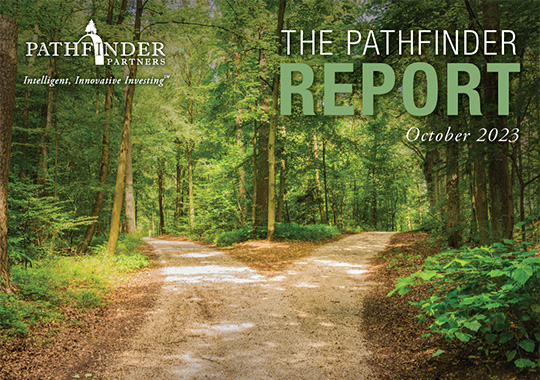Trailblazing: The Future of Apartment Security
“How AI-Powered Surveillance is Improving Resident Safety”

According to a recent study by the LR Foundation, nearly two in five (39%) Americans feel less safe than they did five years ago – up 44% since 2019. Safety has also emerged as a pivotal factor for apartment renters, ranking just behind location on their list of priorities when selecting a place to live.
Apartment owners use various strategies to maintain a safe environment, including gated entrances, security cameras, alarms, patrolling guards and on-site security officers. Each of these measures provides a degree of security and can prevent incidents from occurring; however, all have limitations and drawbacks, and the costs can be quite high.
Controlled gated entrances, if not already in place, can be extremely expensive to install and do not guarantee that trespassers will be kept out. Bad actors can gain access by following behind residents’ vehicles or simply climbing over walls or gates. Standard security cameras capture footage of incidents, but this footage is typically only reviewed after the fact and does not prevent the incident from occurring. Alarms are also reactive, requiring a break-in before the alarm company or police are alerted. Patrolling guards conduct property walk-throughs for a few minutes every few hours but miss incidents that occur outside of patrol windows. While 24-hour, on-site security officers can be highly effective, this is rarely economically feasible.
Last year, we identified a new video surveillance service which combines artificial intelligence (AI) with human intervention to offer proactive, real-time security for apartment communities, businesses and homeowners.
 AI-Powered Cameras: The system uses AI-powered cameras equipped with night vision, motion detection and object recognition capabilities. These cameras continuously monitor the property, looking for unusual activity and potential security threats.
AI-Powered Cameras: The system uses AI-powered cameras equipped with night vision, motion detection and object recognition capabilities. These cameras continuously monitor the property, looking for unusual activity and potential security threats.
Immediate Threat Detection: When the AI detects suspicious activity, such as someone attempting to break into or vandalize a property, it sends an alert to a monitoring center.
Live Intervention: The monitoring center is staffed with trained security agents on standby 24/7. When an alert is triggered, the agents immediately view the live camera feed of the suspicious event.
Two-Way Audio Communication: The agents, many of whom have military or law enforcement backgrounds, can use two-way audio communication through the camera’s speaker and microphone to interact with the potential intruder. They can issue warnings, ask questions, sound alarms or notify the intruder that law enforcement has been contacted.
Emergency Response: If a situation escalates, and the intruder doesn’t leave or respond to warnings (most incidents are averted once an agent engages verbally with the trespasser), the agent can contact the property manager and local law enforcement to report the incident and provide real-time updates.
Over the past year, we have successfully deployed AI cameras at eight of our properties and are pleased with the outcome. Our property managers have reported enhanced security, resulting in fewer crimes, and we’ve received positive feedback from our residents.
Pathfinder staff can also observe the results since the system provides real-time alerts when a guard intervention occurs, and we can also monitor the interaction on our phones. To date, we’ve observed scores of instances where guard interventions have prevented trespassing, loitering, vandalism or potential intrusions.
 We believe that improved security enhances the quality of life at our communities. When tenants feel secure, they are more likely to interact with their neighbors, actively participate in community events and build meaningful social connections. This translates into higher tenant satisfaction and increased retention.
We believe that improved security enhances the quality of life at our communities. When tenants feel secure, they are more likely to interact with their neighbors, actively participate in community events and build meaningful social connections. This translates into higher tenant satisfaction and increased retention.
Share this Article
